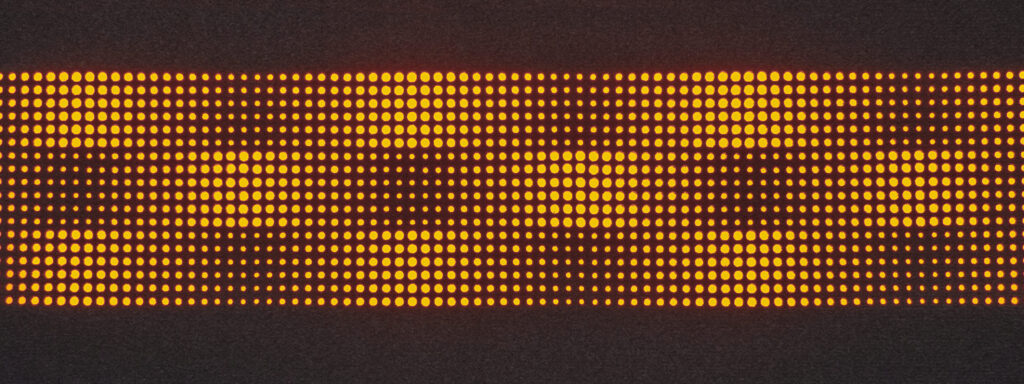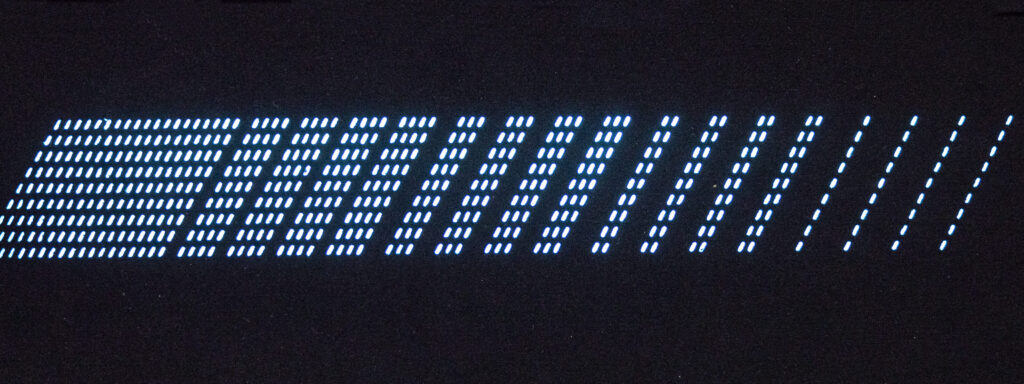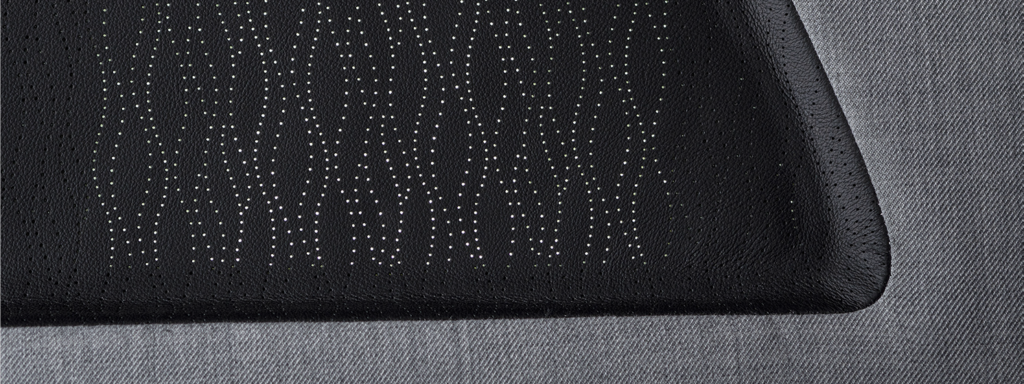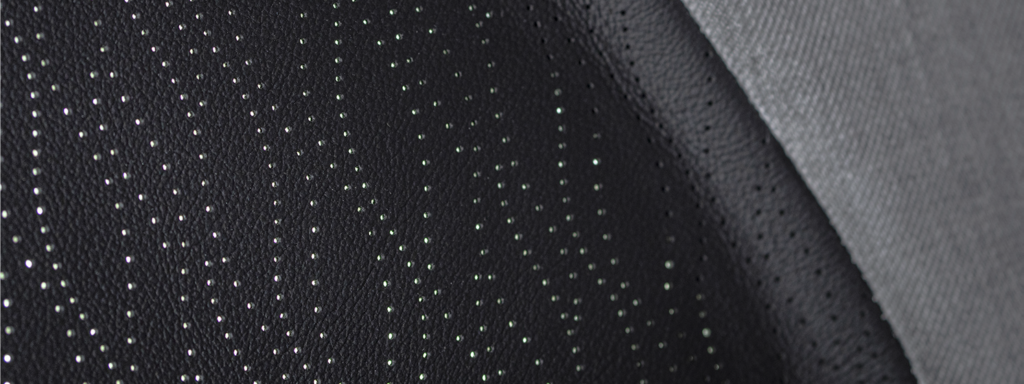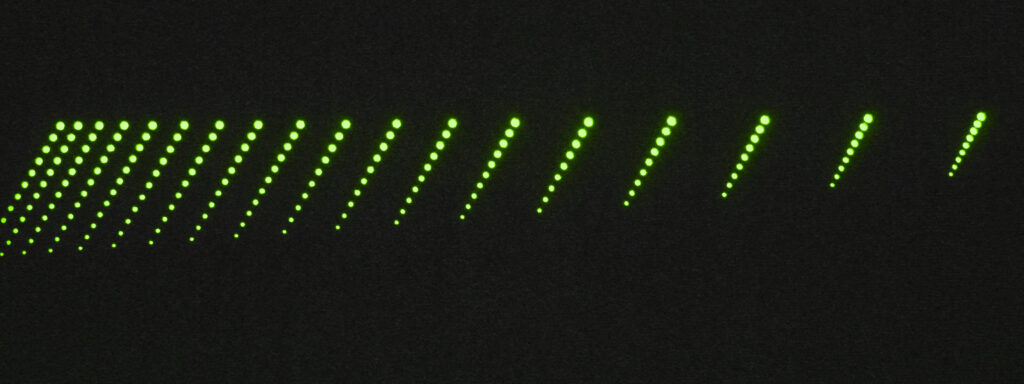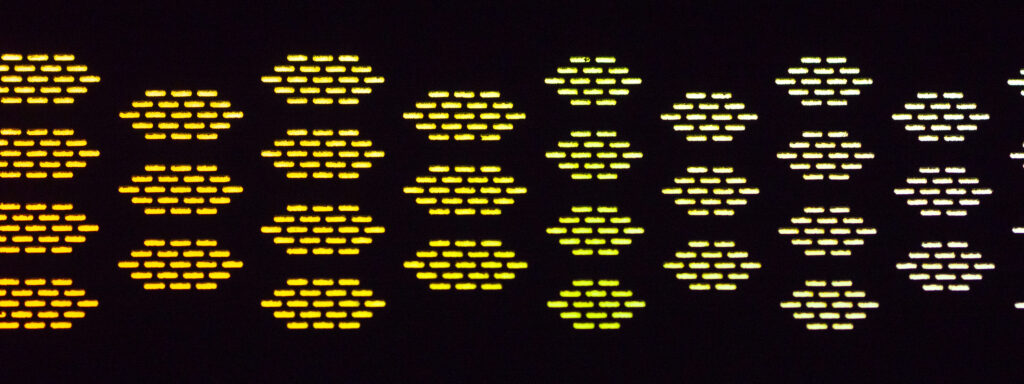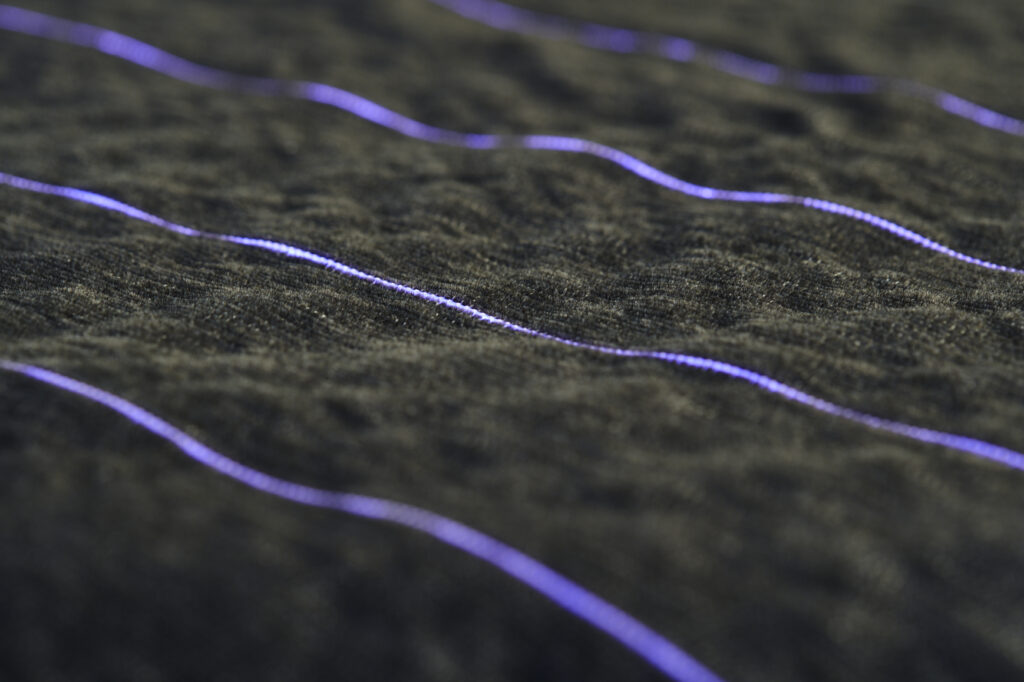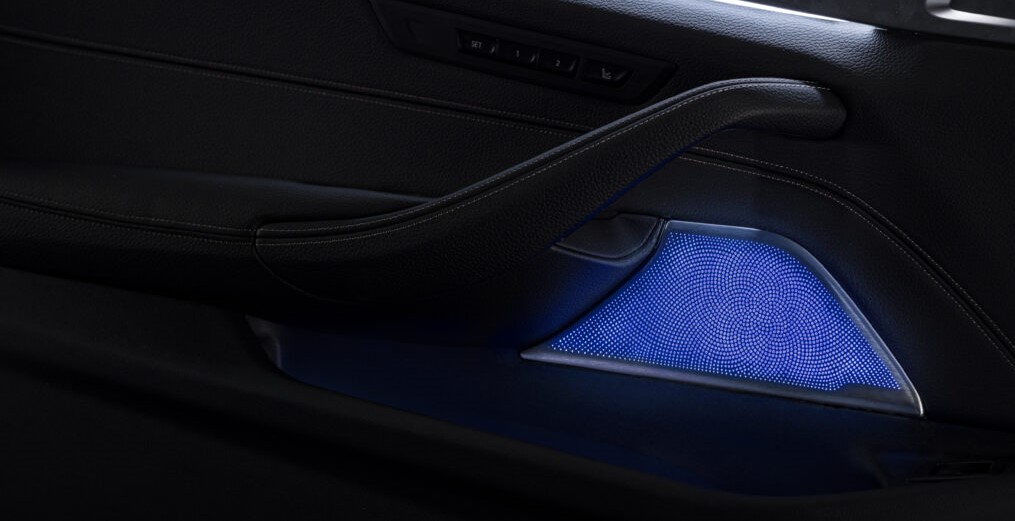Individualisation AND SITUATIONAL LIGHTING
Products can be customised easily thanks to RGB-LEDs. The same piece of hardware can have a whole range of different product versions with an RGB coloured light solution – controlled purely by software. This can neatly resolve the conflict between standardising products to drive down costs and allowing for individual product versions. In addition to customisation, another possibility is that coloured light can be adjusted according to the ambience or controlled automatically.

